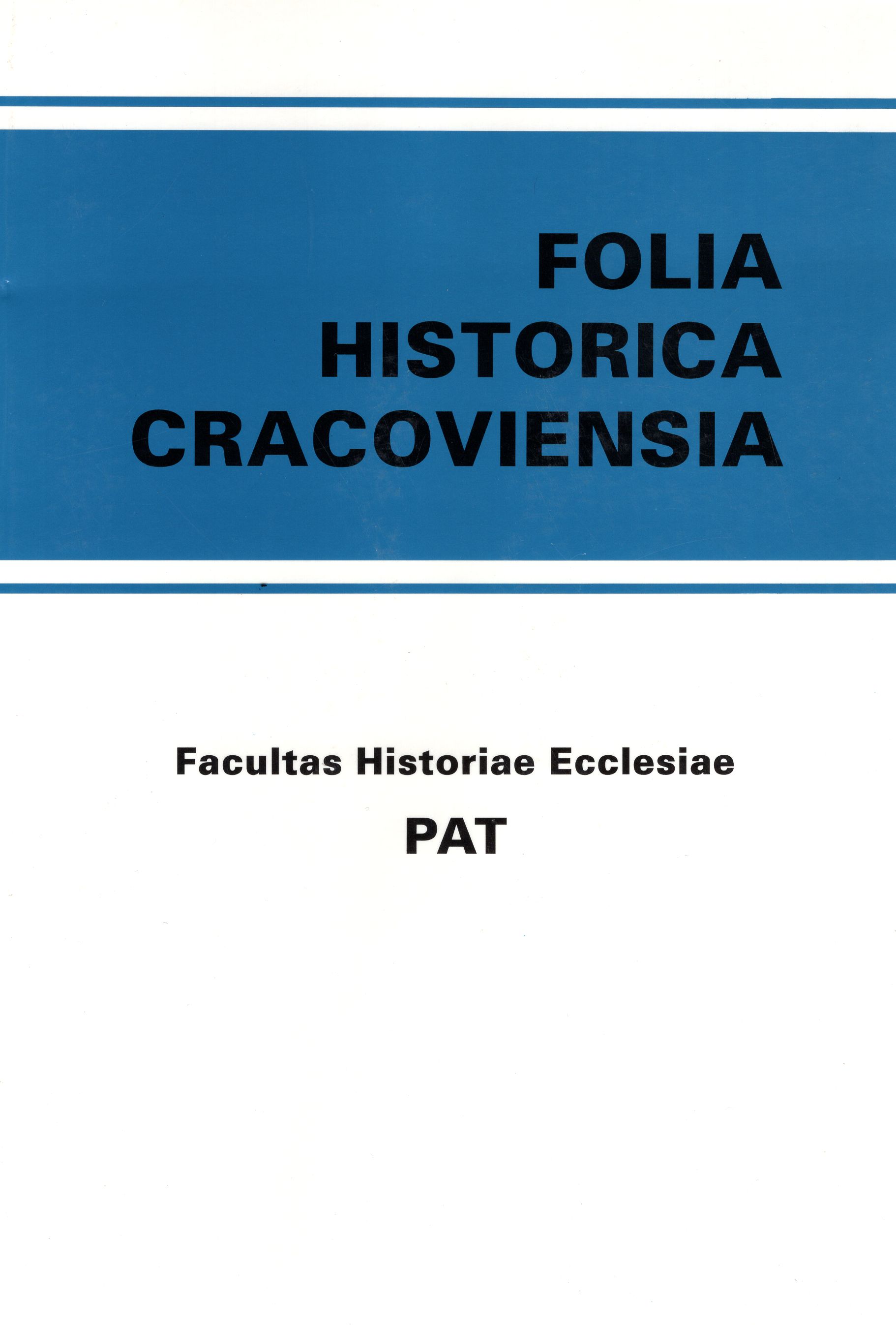Adoration of Virgin Mary Attended by Two St. Johns in Wawel Cathedral Collection
DOI:
https://doi.org/10.15633/fhc.1252Keywords:
adoration, two St. Johns, Wawel Cathedral CollectionAbstract
There is a canvas (98,5 x 222,5cm) in the Wawel Cathedral that is not connected with any existing or historically documented altars inside the church (il. 1-3). Owing to its shape it has so far been considered to have been a predella, which - taking into account its size and proportions - seems rather unlikely. It may have been the top of the middle part of a retable, possibly in an altar dedicated to the two St. Johns. The painting presents the Virgin Mary with the Child seated under a canopy, attended by the two Saints, adored by kneeling angels with censers in their hands. A graphic model of the scene has been found; it is an engraving by Jan Sadeler (1550-1600) based on a design by Hans von Aachen (1552-1615), released in Munich in 1589 (il. 4). In Albertina, in Vienna, a working copy of the graphic made by Hans von Aachen has been preserved (il. 5) as well as a composition sketch by the same artist at the Herzog Anton Ulrich-Museum in Braunschweig. An inscription on the drawing from 1589 reads: POENA ET PROEMIVM; there are also quotations from psalms and a dedication to Phillip Wilhelm (1576-1598), bishop of Regenzburg in 1589, later cardinal (1596), son of a Bavarian ruler Wilhelm V Wittelsbach (1548-1626). The young hierarch got it in the year of his consecration as a bishop. A pendant to it is the plate by Jan Sadeler of 1590, after Peter Candid (1548-1628), which was dedicated to Phillip Wilhelm’s younger brother - Ferdinand (1577-1650), later bishop of Cologne. The engraving also shows St. Mary with the Child in the company of St. Stephen and St. Laurence. Both works coincide with the artistic activity of Jan Sadeler and Hans von Achen in Munich, where they were summoned by Wilhelm V, and represent strictly planned art created for his court. Another painted version of Sadeler’s engraving was found in a Polish private collection. This is a small, good painting on panel, faithfully reproducing physiognomy and inscriptions known from the prototype. The picture in the Wawel Cathedral, probably painted in Cracow between 1600-1630 and based on the Munich model, is one of the examples of assimilating mannerist engravings from southern Germany in the Cracow environment. Their large influx into Little Poland at the end of the 16th and the beginning of the 17th century may be connected with animated contacts of Sigismund I ll’s court with Bavaria and its artistic centres such as Augsburg, the main purveyor of goldsmith’s work for the Polish king’s court.
Downloads
Published
Issue
Section
License
Copyright (c) 2015 Magdalena Piwocka

This work is licensed under a Creative Commons Attribution-NonCommercial-NoDerivatives 3.0 Unported License.
Authors who publish with this journal agree to the following terms:
- Authors retain the copyright and full publishing rights without restrictions, and grant the journal right of first publication with the work simultaneously licensed under a Creative Commons Attribution 4.0 International License that allows others to share the work with an acknowledgement of the work's authorship and initial publication in this journal.
- Authors are able to enter into separate, additional contractual arrangements for the non-exclusive distribution of the journal's published version of the work (e.g., post it to an institutional repository or publish it in a book), with an acknowledgement of its initial publication in this journal.
- Authors are permitted and encouraged to post their work online (e.g., in institutional repositories or on their website) prior to and during the submission process, as it can lead to productive exchanges, as well as earlier and greater citation of published work (See The Effect of Open Access).

